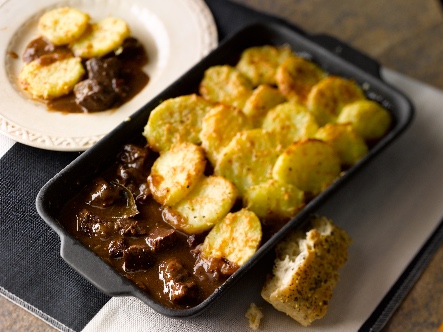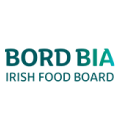About EU Beef and Lamb Production
Livestock production across the European Union relies heavily on fresh grass and conserved grass (silage/hay). Europe with its relatively small to medium sized family farms and limited space lacks the vast industrial feedlots that are prevalent in other countries where intense corporate farming is the norm. Instead, in the EU cattle may graze outdoors for all or most of their lives. This is the animal’s natural environment where they can best express their natural behaviour which is of paramount importance to the farmers who raise them and the consumers who eat the beef and lamb.
Grazing is most commonly practiced in the main cattle rearing countries of the EU, including Ireland, where the climate is milder and conducive to grass growth for up to 300 days of the year.
In many member states of the Union, especially in mountainous regions, there are long practiced grazing traditions – “transhumance practices”- where herds migrate from one grazing ground to another in a seasonal cycle typically to the lowlands in winter and highlands in summer.
In the West of Ireland where the climate is particularly mild and favourable to grass growth this practice is reversed where some farmers move their cattle up to the higher plateau to graze over the winter. These limestone plateaus are measurably warmer when compared to the lowlands. The proximity of ample grass, a dry lying area, and plentiful water provides a very good grazing environment for the cattle. The grass itself grows alongside many wild herbs, some of which the cattle eat, improving their general health and the quality of the beef.
The European Union
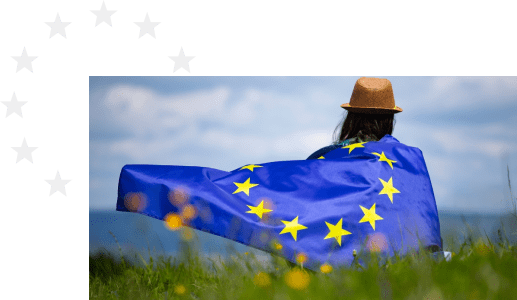
The European Union is a unique economic & political union between 27 European countries that covers most of the continent.
The single market, also known as the internal market, was created in 1992. This refers to the EU as a single territory without any internal borders or obstacles to the free movement of goods, services & people. It has fuelled economic growth and made everyday life of European businesses and consumers easier.
Ireland is located in the western part of Europe bound by the Atlantic Ocean and the Irish Sea.
The joy of nature brought about by the best environment
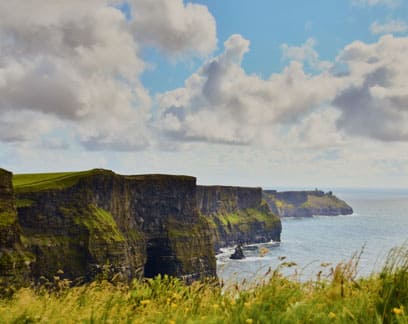

Optimum Climate
With its temperate ocean climate, Ireland does not suffer from the excessive temperature fluctuations experienced by other areas at its latitude. Winters are short and mild, summers never too dry or sultry.
READ MORE Optimum Climate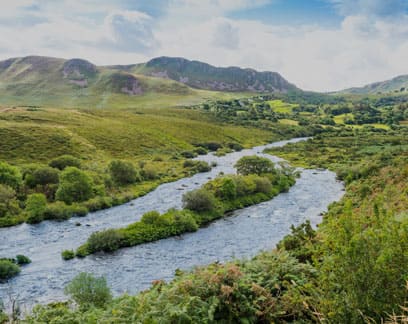

Clean Water
Flowing from springs into streams, rivers and finally the ocean, a natural and harmonious cycle guarantees the absolute purity of every drop that falls on our valleys.
READ MORE Clean Water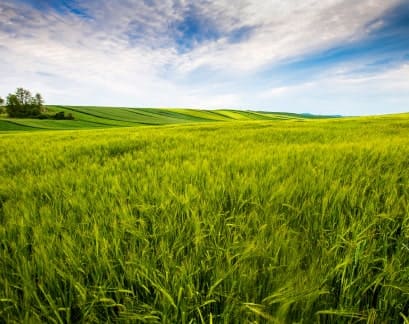

Abundant Grass
As the earth welcomes and nourishes trees, nature nourishes itself in the best possible way. Ireland has the perfect climate for grass growth and enjoys one of the longest grassing growing seasons in Europe.
READ MORE Abundant Grass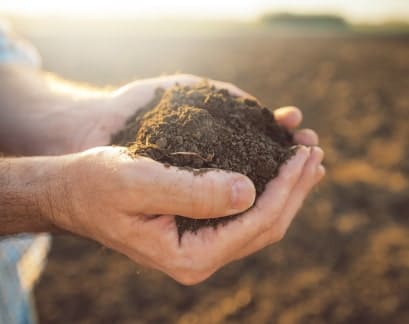

Fertile Soil
Pick up the soil of Europe. It is fertile and full of vitality. Minerals in soil form the basis for all of the food that we produce. Organic ingredients and other nutrients bring a rich depth to the valleys and meadows.
READ MORE Fertile Soil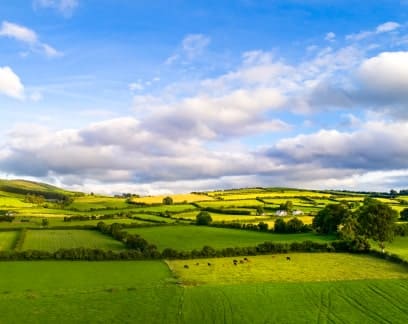

Clear Air
Open your eyes, look around and breathe. Every breath of air is as pure as a new beginning. The air quality in Ireland, measured by the Environmental Protection Agency, ...
READ MORE Clear Air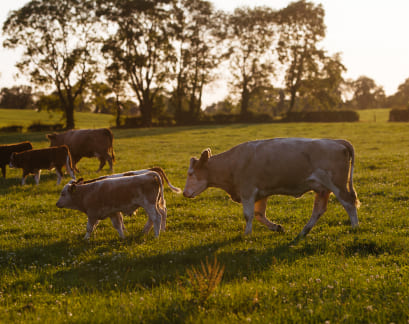

Endless Pastures
More than 4 million hectares of land, with 80% dedicated to pastures. Encouraged by a variety of favourable conditions, our cattle and sheep breeders take advantage of one of the longest grazing seasons ...
READ MORE Endless Pastures





